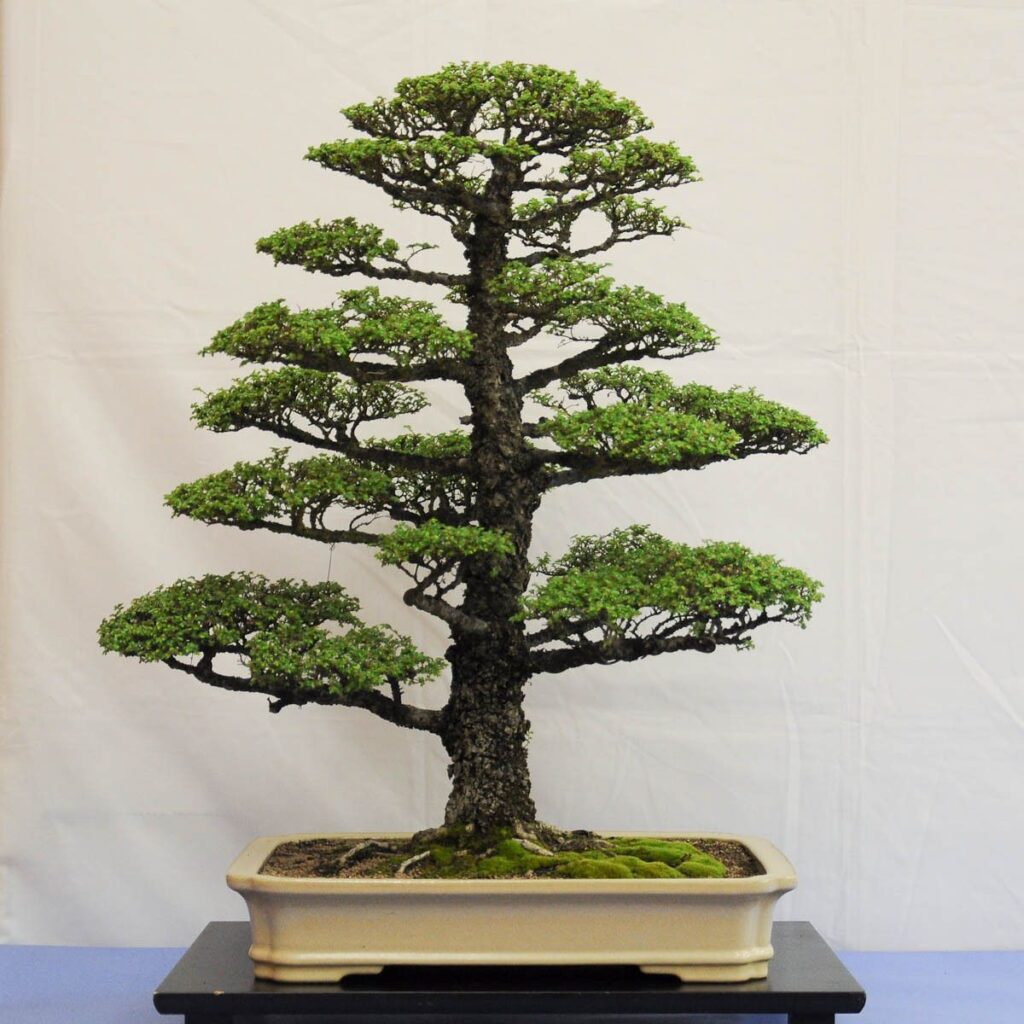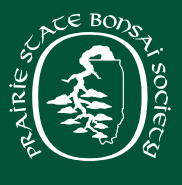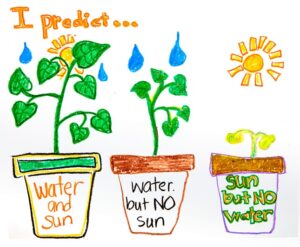
Keaki (Japanese Elm aka Zelkova serrata)
Keaki or Zelkova serrata (Japanese: 欅 (ケヤキ) is a species of the genus Zelkovanative to Japan, Korea, eastern China and Taiwan. It is often grown as an ornamental tree and used in bonsai. There are two varieties, Zelkova serrata var. serratain Japan and mainland eastern Asia, and Zelkova serrata var. tarokoensis (Hayata) Li on Taiwan which differs from the type in its smaller leaves with less deeply cut serration on the margins.
A medium-sized deciduous tree usually grows to 30 m (98 ft) tall. It is characterized by a short trunk dividing into many upright and erect spreading stems forming a broad, round-topped head. The tree grows rapidly when young though the growth rate slows to medium upon middle age and maturity.
It has alternately arranged leaves growing to 5 cm long and broad. The leaves are simple and ovate to oblong-ovate with serrated or crenate margins, to which the tree owes its specific epithet serrata.
To identify Zelkova serrata, one would look for a short main trunk, low branching, and a vase-shaped habit. The twigs are slender with small, dark conical buds in a zigzag pattern. The branches are usually glabrous. The bark is grayish white to grayish brown, either smooth with lenticels or exfoliating in patches to reveal orange inner bark. The branchlets are brownish-purple to brown.
Keyaki is widely used not only for bonsai but for streets and parks. As its thick trunk and branches extend fine and wide, keyaki is mainly shaped in a hokidachi broom-style as bonsai. Growers can enjoy keyaki autumn leaves in the fall. Keyaki bonsai trees dry up quickly after new buds come out, so a sufficient amount of water should be given until the water runs out of the pot bottom if the soil surface gets dry. Mizugire water shortages must be avoided. In summer, the use of kanreisha vinyl coverage is effective in intercepting strong sunlight, protecting against desiccation, and preventing leaf burning ahead of the autumn leave season.
The bark of the Keaki is grey and smooth, and the young shoots are reddish at first. The leaves are simple and ovate to oblong-ovate with serrated margins, rough on top and glabrous on the underside. They are dark green throughout the summer, changing to yellow, orange, red, and purple in autumn. The leaf size decreases quickly when the zelkova grows in a pot. The Japanese grey bark elm is a classic Japanese bonsai and the prototype of the broom style, but it can also be styled in other upright shapes. The species can tolerate a slight frost and is easy to care for.
Sources:
Bonsai Empire Care guide: https://www.bonsaiempire.com/tree-species/zelkova
Shikokunews Glossary: https://bonsai.shikoku-np.co.jp/en/word/2009/05/keyaki.html
Wikipedia
|



